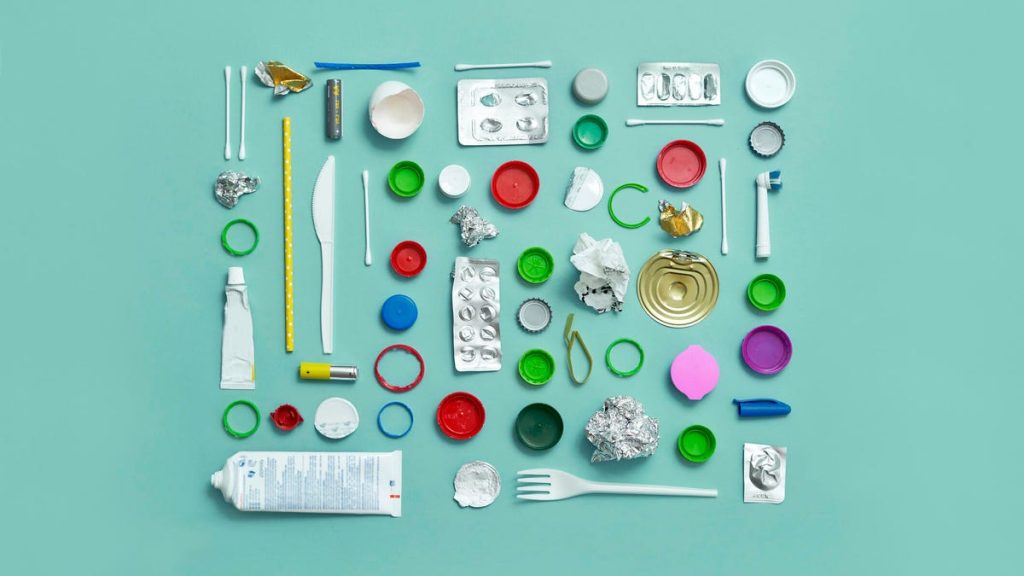Microplastics, particles less than 5 millimeters in size, and nanoplastics, even smaller at under 1 micrometer, have become a pervasive pollutant, infiltrating the air, water, and food we consume. Their presence has been confirmed in human blood, saliva, and various organs, raising significant concerns about their potential impact on human health. While the full extent of their effects is still under investigation, preliminary studies suggest links to cardiovascular issues, tissue inflammation, cell death, and organ damage. Animal studies further reveal potential reproductive and metabolic disruptions, adding to the growing apprehension surrounding microplastic exposure. The ubiquity of these particles makes complete avoidance nearly impossible, prompting a need for proactive measures to minimize exposure, especially within the home environment.
The kitchen, a central hub for food preparation, often harbors hidden sources of microplastics. Non-stick cookware, a staple in many homes, has been identified as a significant contributor. Studies indicate that these pans can release thousands, even millions, of microplastic particles during cooking, with the number escalating dramatically if the cookware is damaged. Plastic food containers, especially those used for takeout and reheating, also leach microplastics into food. Similarly, plastic utensils, particularly when used with hot food, contribute to microplastic ingestion. Even seemingly innocuous items like tea bags, often containing polypropylene, release billions of microplastic and nanoplastic particles when steeped in hot water.
Spices packaged in plastic containers, another common kitchen item, can also become contaminated with microplastics. Studies have shown widespread microplastic presence in tested plastic spice containers, raising concerns about food contamination. Plastic straws, though increasingly replaced with more sustainable alternatives, remain a source of direct microplastic inhalation and contribute to the vast amount of plastic waste polluting waterways, impacting both aquatic life and the environment. Canned food linings, even those touted as BPA-free, can contain microplastics, prompting a shift towards fresh, frozen, or glass-packaged alternatives.
Given the prevalence of microplastics in kitchenware and food packaging, proactive steps can be taken to reduce exposure. Swapping plastic cooking utensils for wooden or stainless steel alternatives is a simple yet effective change. Similarly, opting for glass, ceramic, or stainless steel food storage containers eliminates the risk of microplastic leaching from plastic containers. Replacing plastic utensils with stainless steel or wooden counterparts further minimizes ingestion. For tea lovers, switching to loose leaf tea and using a stainless steel infuser or strainer eliminates the microplastic contribution of conventional tea bags.
Choosing spices in glass or ceramic containers, or buying in bulk, mitigates the risk of microplastic contamination from plastic packaging. Embracing reusable metal or bamboo straws not only reduces personal microplastic ingestion but also contributes to environmental preservation by reducing plastic waste. Favoring fresh or frozen produce over canned goods eliminates exposure from plastic can linings. Finally, upgrading cookware to cast iron, carbon steel, or stainless steel provides a healthier alternative to non-stick options, significantly reducing microplastic release during cooking.
In summary, microplastics pose a growing concern due to their pervasive presence and potential health risks. While complete avoidance is challenging, conscious choices in the kitchen can significantly reduce exposure. By opting for alternative materials and making informed purchasing decisions, individuals can create a healthier home environment and minimize their intake of these potentially harmful particles. This proactive approach, coupled with ongoing research and increased awareness, can help mitigate the risks associated with microplastic exposure and promote a healthier future.










